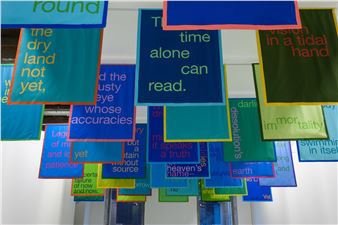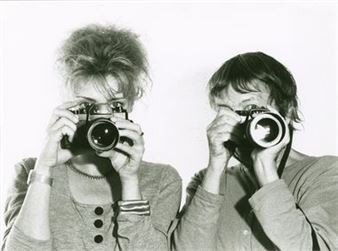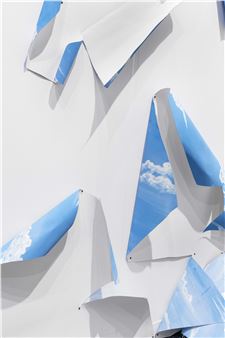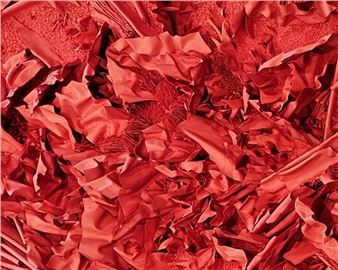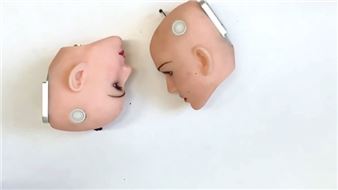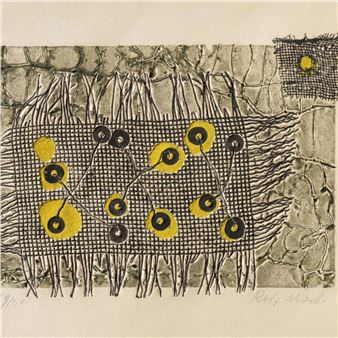Detlef Orlopp
The face both reveals and conceals something. Detlef Orlopp (*1937 in Elbing, West Prussia) started his large-format photographic series of facial studies in the 1960s. Comparable to his works of lakes and mountain slopes, we are looking at an objective cartography of human, and primarily female, facial traits. In these timeless, analogue, black-and-white photos, the artist not only avoids any sense of proportio divina but also of adopting a godlike perspective. The serial recording of the earthŌĆÖs surface develops parallel to the recording of human physiognomies, which evoke a sense of wonder about how every diverse detail can turn into something typical. The viewer senses the misconception that the face reflects the individualŌĆÖs authenticity ŌĆō on the contrary, here the face becomes the arena of a self in which history is mirrored.
The face only ŌĆ£turns into a face when it comes into contact with other faces, when it looks at them or is looked at in return,ŌĆØ writes Hans Belting. In OrloppŌĆÖs portraits, we therefore see faces in the process of being looked at. They do not show the ŌĆ£naturalŌĆØ in the sense of the naturalistic, according to John Anthony Thwaites, but rather the human countenance as a symbol. The snapshot is part of the very ŌĆ£natureŌĆØ of photography, yet Orlopp steeps these moments in a period of seeing and being-seen ŌĆō a silence, as Orlopp would say. In these facial traits, we seem to find the same dignity and quietude of his photographs of mountain slopes ŌĆō not, however, as the mirror of the portrayed personŌĆÖs soul, but as a site reflecting the elementary ambiguousness of the face, of man and of nature.
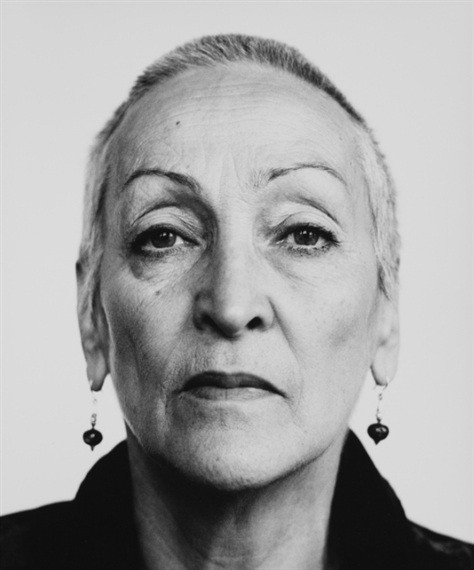
Recommended for you
The face both reveals and conceals something. Detlef Orlopp (*1937 in Elbing, West Prussia) started his large-format photographic series of facial studies in the 1960s. Comparable to his works of lakes and mountain slopes, we are looking at an objective cartography of human, and primarily female, facial traits. In these timeless, analogue, black-and-white photos, the artist not only avoids any sense of proportio divina but also of adopting a godlike perspective. The serial recording of the earthŌĆÖs surface develops parallel to the recording of human physiognomies, which evoke a sense of wonder about how every diverse detail can turn into something typical. The viewer senses the misconception that the face reflects the individualŌĆÖs authenticity ŌĆō on the contrary, here the face becomes the arena of a self in which history is mirrored.
The face only ŌĆ£turns into a face when it comes into contact with other faces, when it looks at them or is looked at in return,ŌĆØ writes Hans Belting. In OrloppŌĆÖs portraits, we therefore see faces in the process of being looked at. They do not show the ŌĆ£naturalŌĆØ in the sense of the naturalistic, according to John Anthony Thwaites, but rather the human countenance as a symbol. The snapshot is part of the very ŌĆ£natureŌĆØ of photography, yet Orlopp steeps these moments in a period of seeing and being-seen ŌĆō a silence, as Orlopp would say. In these facial traits, we seem to find the same dignity and quietude of his photographs of mountain slopes ŌĆō not, however, as the mirror of the portrayed personŌĆÖs soul, but as a site reflecting the elementary ambiguousness of the face, of man and of nature.
Artists on show
Contact details


 ARTISTS
ARTISTS







